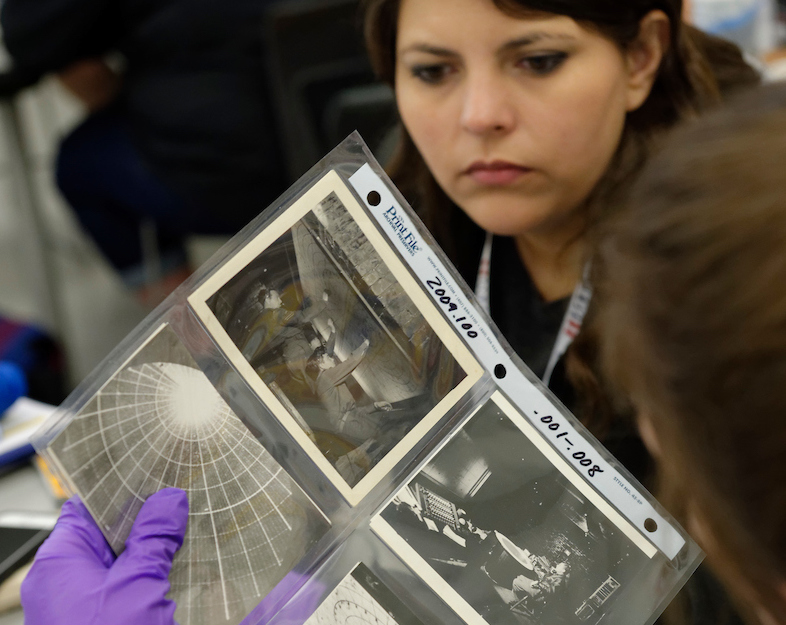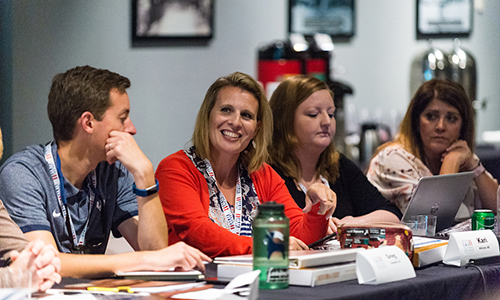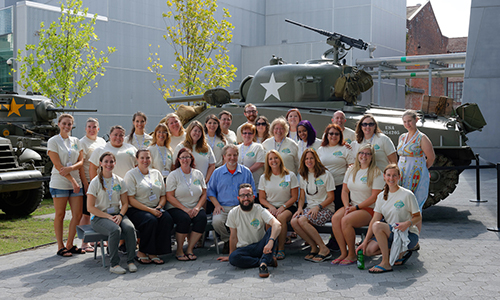In September 1945, World War II—the deadliest conflict in human history—is finally over. The Allies stand victorious over the defeated Axis powers. Although no longer at war, the Allies now find themselves faced with perhaps an even greater challenge: rebuilding a broken world and attempting to forge a lasting peace. Entitled Liberation & Legacy, this curriculum volume focuses its lesson plans, overview essays, and oral histories on the new postwar world: the horror at the discovery of the extent of the Holocaust; justice dealt to the leaders of defeated regimes; and new voices from former colonial empires yearning to be free.
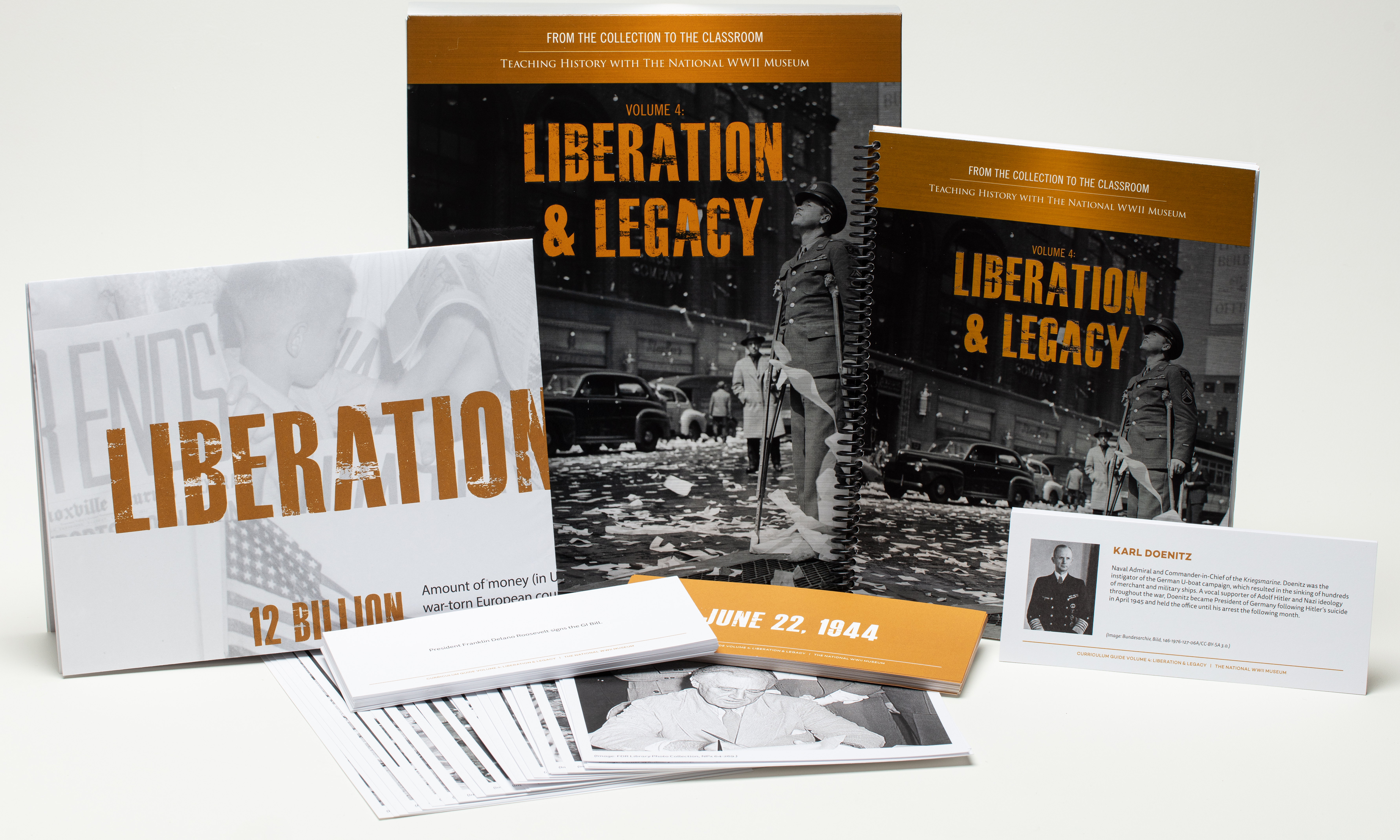
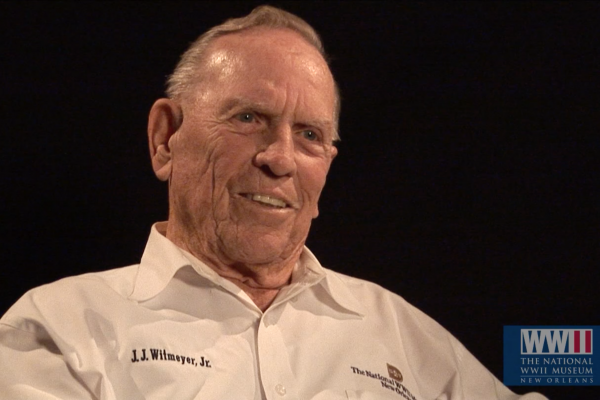
John “J.J.” Witmeyer recalls the challenges of occupation service in postwar Germany and his return home.
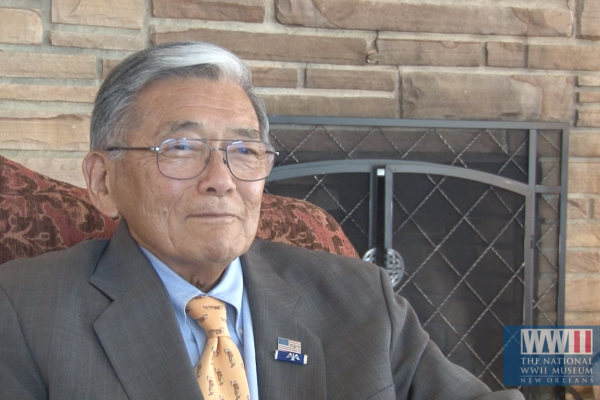
Norman Mineta remembers his postwar occupation service in Japan and visiting relatives he still had in the country.
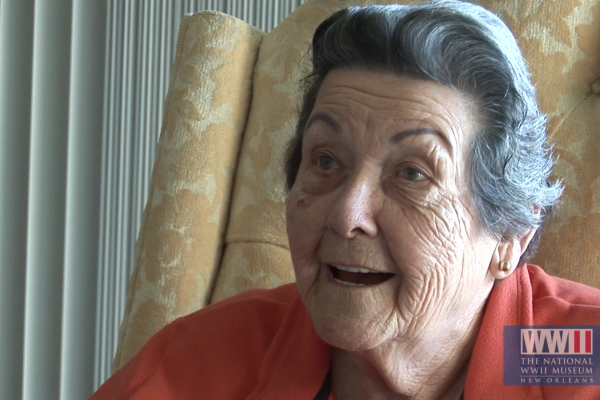
Civilian internee Wanda Damberg recounts her experience of surviving imprisonment at the hands of the Japanese and being liberated by US forces.
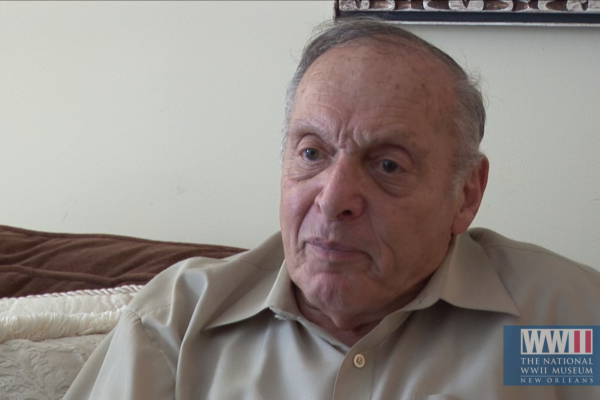
Monuments Man Harry Ettlinger describes the recovery of hundreds of pieces of stolen artwork hidden by the Nazis in secret salt mines.
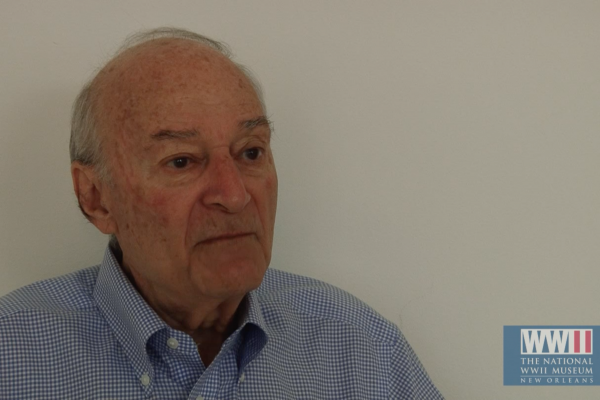
Harold Berkman recalls being amongst the first soldiers to enter Buchenwald concentration camp and the end of the war.
Picturing the Liberation & Legacy of World War II
This lesson combines photo analysis with chronological reasoning skills and also asks students to think deeply about how historians must select and prioritize historical events when writing about the past.
The World of Tomorrow: Life with New Technology
The World's Fair of 1939 offered glimpses into “the world of tomorrow" in an exhibit called "Futurama." Having students compare the 1939 exhibit to visions of the future presented at the 1964 World's Fair brings to light the ways advances in science and technology during World War II came to affect daily life.
